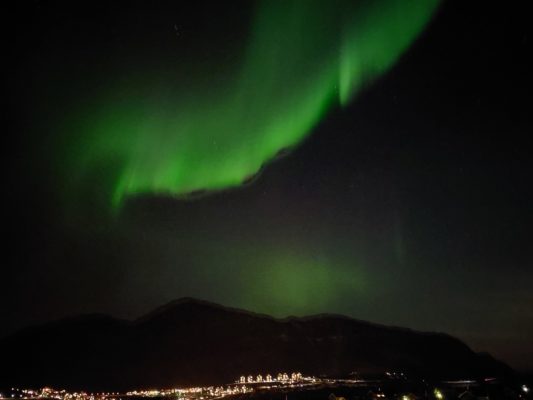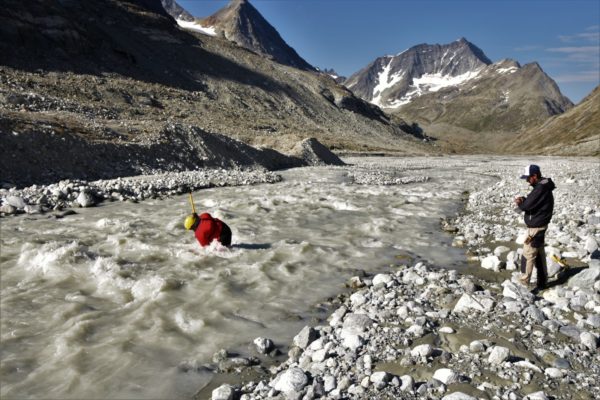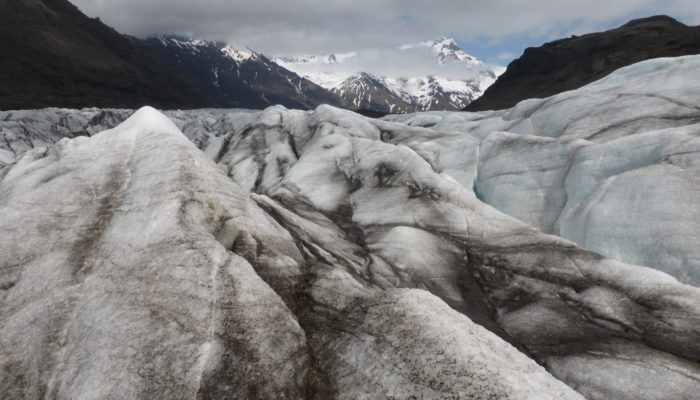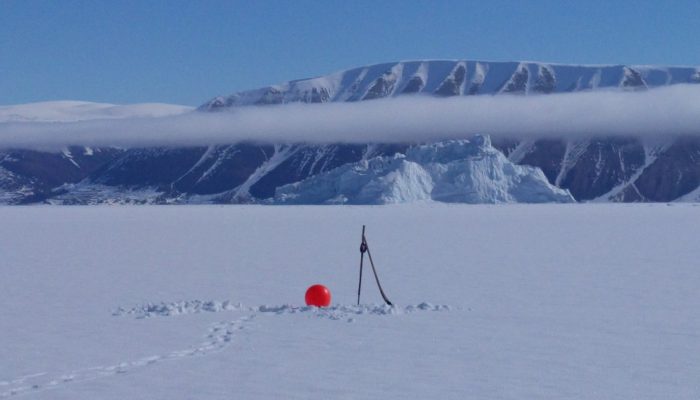I have just returned from nearly three months in Nuuk, the capital of Greenland, where I was doing my PhD placement at Asiaq Greenland Survey. Read on to find out what science I got up to… everything from mapping mountain glacier snowline change to avalanches! How do you map glacier snowline evolution? During my PhD research placement, I was working at Asiaq Greenland Survey in their Hydrolo ...[Read More]
Cryo-adventures – Undertaking Cryo-Fieldwork in a Global Pandemic!
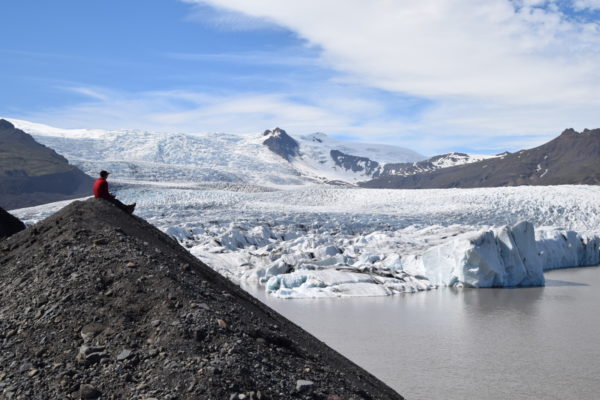
Have you ever wondered what undertaking cryo-fieldwork in a glacial environment typically involves? Well, what about undertaking cryo-fieldwork in a glacial environment during a global pandemic?! Read on to find out all about the challenges I faced on my recent trip to Iceland in July 2021… Fieldwork Preparation As this previous blog post highlights, undertaking cryo-fieldwork requires a significa ...[Read More]
Re-discovering the British North Greenland Expedition 1952-54
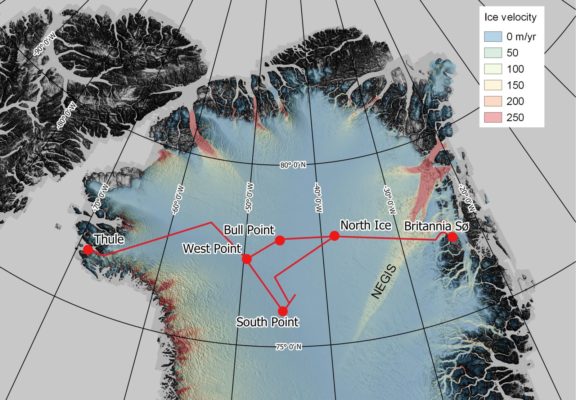
How did we (nearly) all forget about, or simply overlook, a large-scale two-year long mid-20th Century scientific expedition to the northern Greenland Ice Sheet? Particularly an expedition that kick-started some significant glaciological and geophysical careers, developed large-scale polar logistical capabilities, traversed the ice sheet, acquired some novel and critical data, and asked some big r ...[Read More]
Running a live stream of proglacial processes
In Switzerland, nothing is really remote, but some places are more so than others. Dense infrastructure networks typically provide convenient access to research sites in the Alps where it is difficult to feel far away from home. However, this is not always the case… For us, our home for the summer is a bit different. We work at 2400 m above sea level in Southern Switzerland, in a narrow vall ...[Read More]
Exploring the hidden plumbing of glaciers with Cryoegg
Plumbing is something we take for granted: the pipes that bring us water to wash and drink, and the pipes that take the waste water away again. We see the taps and basins in our kitchen and bathroom – but the pipes are hidden away under the floor or inside the walls – and we mostly ignore them until there’s a leak or a blockage! It turns out that glaciers have plumbing too – and ...[Read More]
Life of a scientist: When fieldwork doesn’t go to plan…
Climate research questions tend to focus on the future. What will global temperature be in 2100? Will extreme weather events become more frequent? When will sea level rise render coastal homes uninhabitable? But our understanding of climate processes first comes from observing the past: palaeoclimatology. To get these records, scientists often go on fieldwork to collect samples. But what happens w ...[Read More]
Cryo-adventures – Behind the scenes of cryo-fieldwork
As the Arctic is warming faster than the global average, Arctic glaciers are rapidly melting. My research is about the fate of glacial organic carbon when the ice containing it melts. To investigate these processes, I travelled to several glaciers, an activity full of challenges… and rewards! My research Glacier ice covers about 11% of Earth’s land surface, and contains within it a globally ...[Read More]
Image of the Week – Seven weeks in Antarctica [and how to study its surface mass balance]
After only two months of PhD at the Laboratoire de Glaciologie of the Université libre de Bruxelles (ULB, Belgium), I had the chance to participate in an ice core drilling campaign in the Princess Ragnhild coastal region, East Antarctica, during seven weeks in December 2018 – January 2019 for the Mass2Ant project. Our goal was to collect ice cores to better evaluate the evolution of the surf ...[Read More]
Image of the Week – Inspiring Girls!
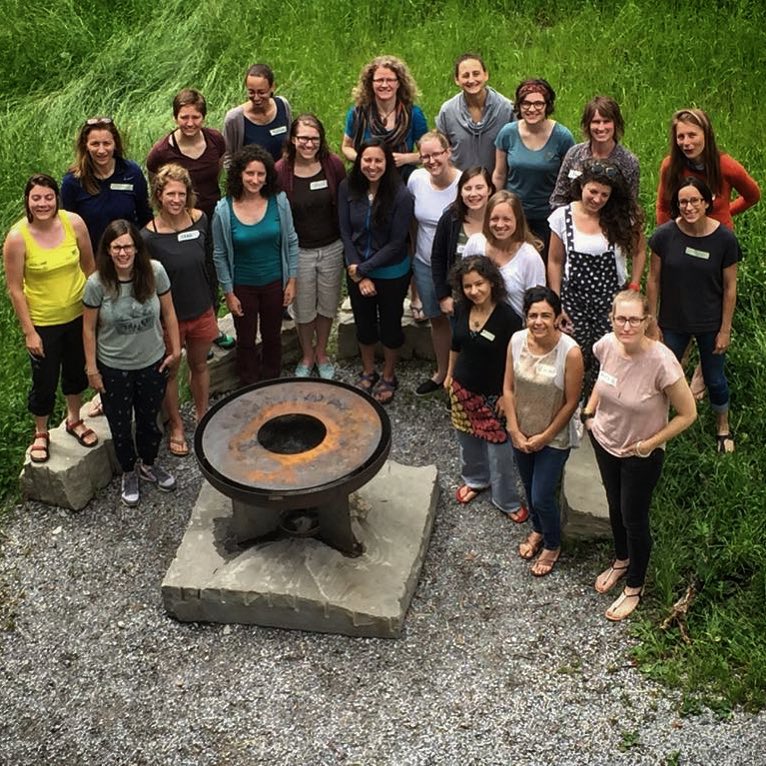
What, you may ask, are this group of 22 women doing standing around a fire-pit and what does this have to do with the EGU Cryosphere blog? This group of scientists, artists, teachers, and coaches gathered 2 weeks ago in Switzerland to learn how to become instructors on an Inspiring Girls Expedition. But what, you may ask again, is an Inspiring Girls Expedition? Well read on to find out more… ...[Read More]
Image of the Week – Icy expedition in the Far North
Many polar scientists who have traveled to Svalbard have heard several times how most of the stuff there is the “northernmost” stuff, e.g. the northernmost university, the northernmost brewery, etc. Despite hosting the four northernmost cities and towns, Svalbard is however accessible easily by “usual-sized” planes at least once per day from Oslo and Tromsø. This is not the case for th ...[Read More]

